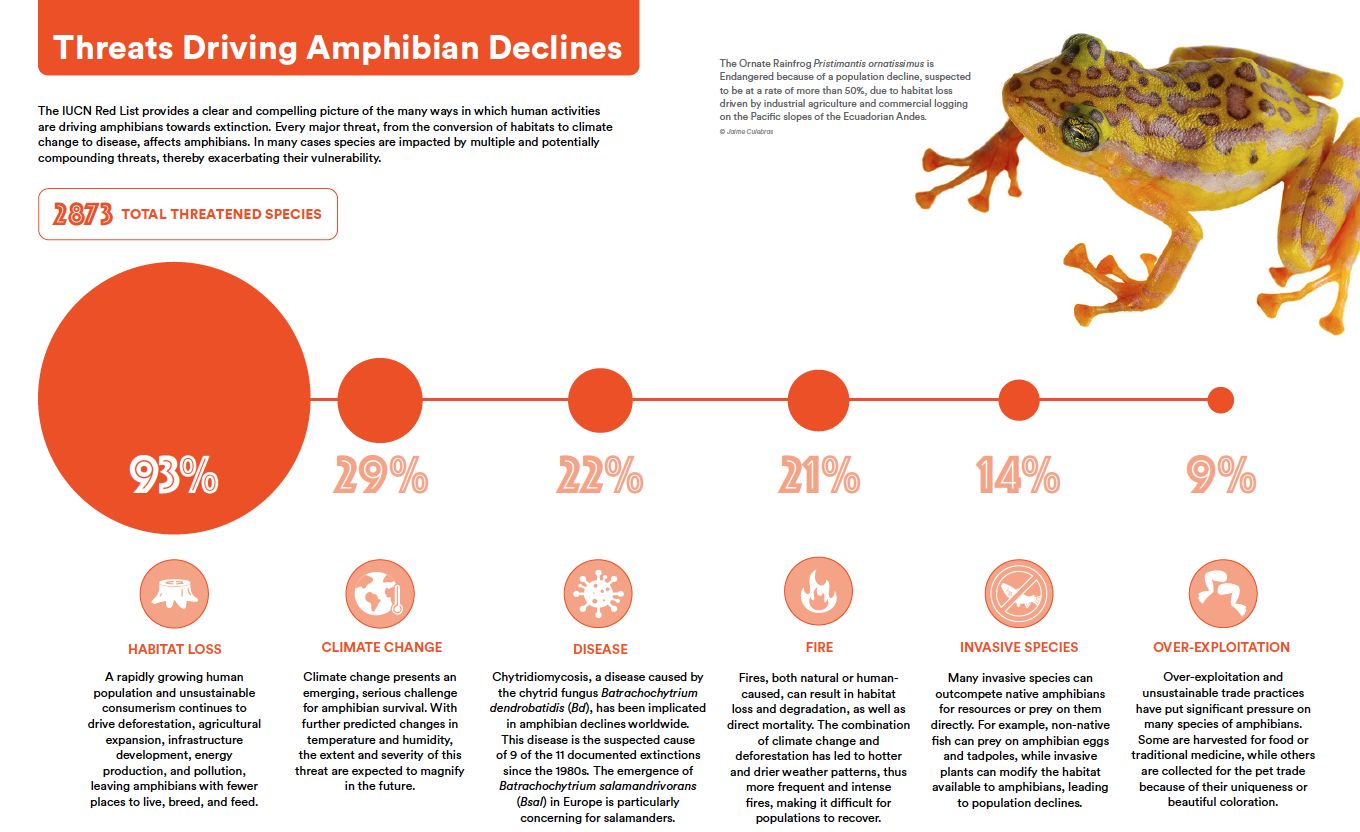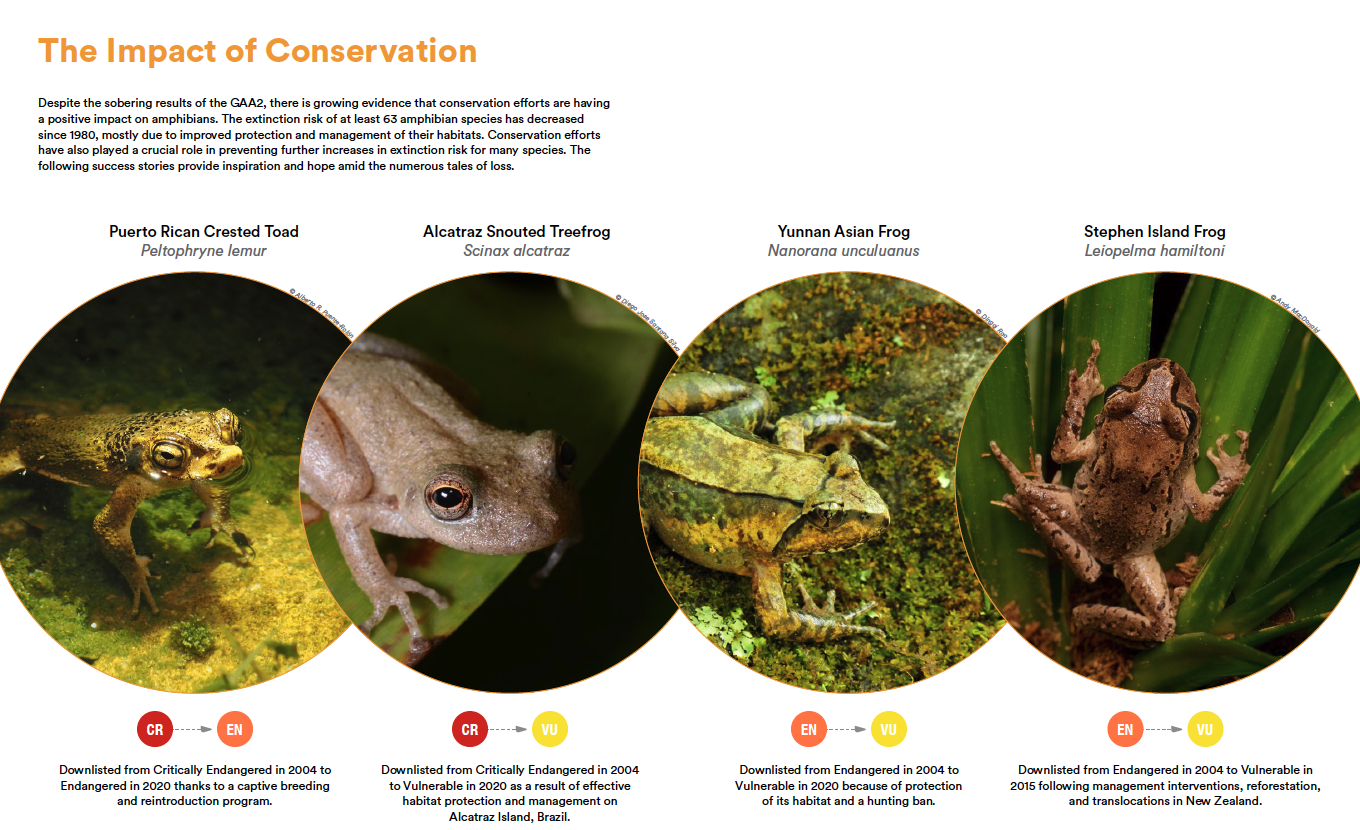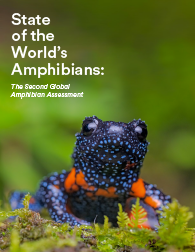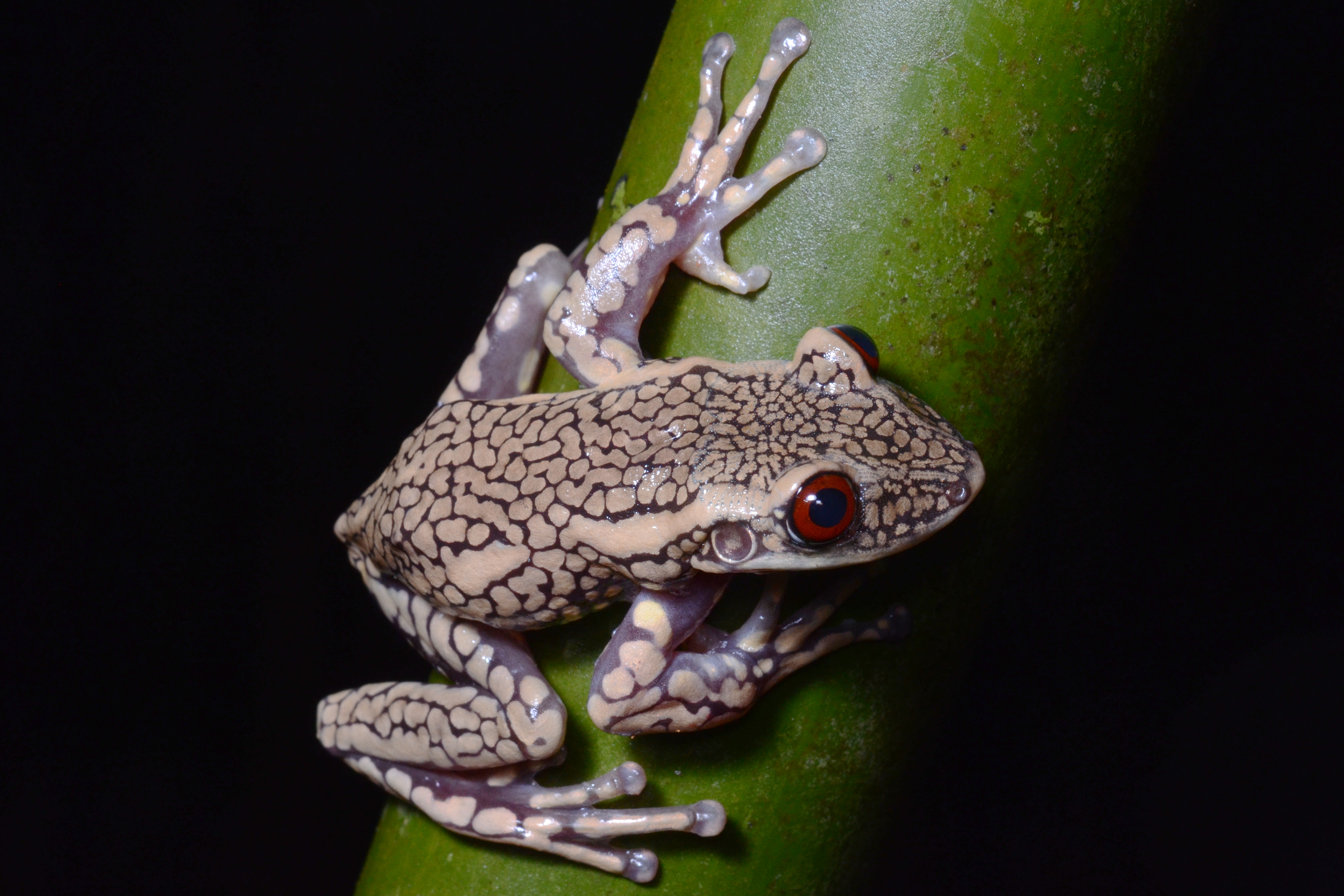Today marks a significant moment for amphibians globally. The “State of the World’s Amphibians: The Second Global Amphibian Assessment” (SOTWA GAA2) is now available. This report is more than a collection of data; it’s a comprehensive resource that will inform our conservation strategies moving forward.
The report is sobering. It outlines the multifaceted challenges facing amphibians, from habitat degradation to disease and climate change. Yet, within these challenges lies the potential for meaningful change.
In a landscape often dominated by grim statistics and urgent warnings, it’s vital to recognize and celebrate the victories, however small they may seem. Since 1980, the risk of extinction has been reduced for 63 amphibian species. This is not a mere footnote in the grand narrative; it’s a testament to the power of focused, well-coordinated conservation efforts.

These successes didn’t happen in a vacuum. They are the result of years of meticulous research, community engagement, habitat restoration, and disease management. It’s the outcome of countless hours spent by scientists in the field, policy advocates in meeting rooms, and volunteers in local communities. It’s also a testament to the power of partnerships—between governments, NGOs, and local communities—that amplify the impact of individual efforts.
Moreover, these achievements serve as valuable case studies for what can be replicated and scaled. They provide us with a blueprint for how to approach the conservation of other species that are currently at risk. Each success story is a building block, contributing to a foundation of knowledge and strategies that can be applied more broadly.
But let’s be clear: these accomplishments require resources. They are the result of not just passion and dedication but also of adequate funding and political support. It’s a reminder that when we invest in conservation—both intellectually and financially—the returns can be profound and far-reaching.
In addition to the notable recoveries, the report underscores that conservation initiatives have positively impacted hundreds of other amphibian species. This broad-reaching effect serves as further evidence that our collective efforts are making a meaningful difference in the lives of these remarkable creatures.
 But the report doesn’t stop at recounting successes and challenges; it also opens a window into the ever-expanding world of amphibian biodiversity. Astonishingly, new amphibian species are being discovered at an average rate of three per week. This not only enriches our understanding of Earth’s biodiversity but also adds a sense of both urgency and possibility to our ongoing conservation efforts.
But the report doesn’t stop at recounting successes and challenges; it also opens a window into the ever-expanding world of amphibian biodiversity. Astonishingly, new amphibian species are being discovered at an average rate of three per week. This not only enriches our understanding of Earth’s biodiversity but also adds a sense of both urgency and possibility to our ongoing conservation efforts.
So, as we digest the findings of the SOTWA GAA2, let’s not lose sight of the progress we’ve made. It shows us a path forward and that with concerted effort, the tide can indeed be turned.
 The publication of this report is an invitation for a more unified approach to amphibian conservation. It’s a call for governments, academic institutions, and NGOs to align their efforts, guided by the recommendations in the report and the broader Amphibian Conservation Action Plan.
The publication of this report is an invitation for a more unified approach to amphibian conservation. It’s a call for governments, academic institutions, and NGOs to align their efforts, guided by the recommendations in the report and the broader Amphibian Conservation Action Plan.
The challenges facing amphibians are undeniably significant, but the release of this new report reaffirms that we have the tools and knowledge to make a meaningful impact. Through collaborative efforts and a shared commitment to conservation, we have the opportunity to not just protect these species but to enhance their prospects for the future. It’s not just about protection though; it’s about creating an environment where amphibians can thrive. Let’s seize this opportunity to make a lasting difference.
Photo: Sinimbú Casque-headed Tree Frog (Nyctimantis pomba), Brazil, Critically Endangered. Photo by Diego José Santana
Download “State of the World Amphibians: The Second Global Amphibian Assessment” HERE.

